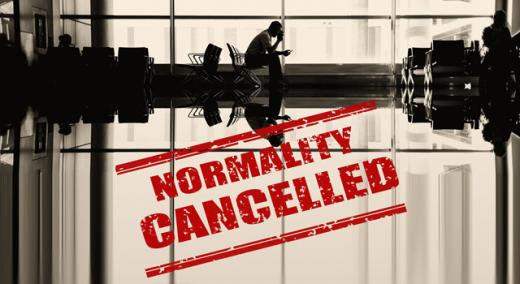As a vast number of companies rush to reopen, they’re falling into the trap of “getting back to normal.” They don’t realize that we’re heading into a period of waves of restrictions, due to many states reopening too soon. Indeed, some of the states that opened early have already reimposed some restrictions.
|
ADVERTISEMENT |
As I predicted back at the start of the pandemic, we will be facing recurring restrictions and shutdowns, and need to focus much more on virtual interactions. To survive and thrive in this new abnormal, and avoid the trap of normalcy, leaders need to understand the parallels between what’s going on now and what happened at the start of the pandemic.
…

Add new comment